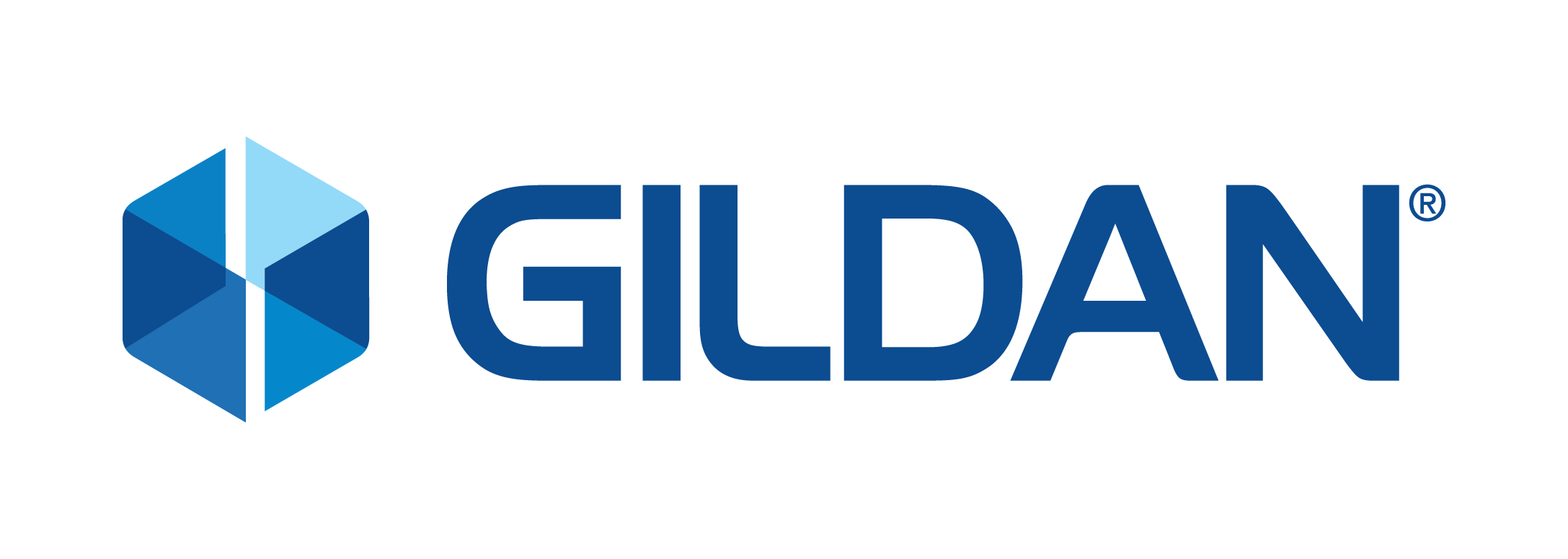Earth Day Water Q&A with Carlos Duran from Gildan

Earth Day Water Q&A with Carlos Duran from Gildan
It's no secret that apparel manufacturing and the consumer use of apparel have a strong connection to water.
As a vertically-integrated apparel manufacturer that is committed to sustainable operations, Gildan understands that our operations have a direct impact on the environment and that we need to continuously look for new ways to reduce our footprint, through improved water-use efficiencies or water recycling initiatives.
Carlos Duran, VP Engineering, discusses Gildan’s efforts to reduce its water use, optimize recycling and apply sustainable production practices that minimize the Company’s reliance on fresh water.
Q: Where does the water supply required for manufacturing clothing come from?
A: In all regions where we operate textile facilities, most of our water requirements are met through the use of wells, which represent approximately 96% of our overall water use. It is important to note that we ensure our water usage does not significantly affect any water source. Additionally, we do not use water from any Ramsar-listed wetlands, or from water bodies that are recognized as being particularly sensitive.
Q: How much water do you need to manufacture your apparel?
A: Gildan’s average global water consumption for the dyeing of our textiles is 56-57 liters of water per kilogram of product. In the apparel industry, by comparison, the average water usage to create a white cotton t-shirt is approximately 65-70 liters per kg of product. We are proud of the progress that we have made to date to reduce our water usage and by 2020, we aim to reduce our water intensity resulting from owned operations by 1,928,203 m3, the equivalent of 771 Olympic-sized swimming pools.
Q: What have you done so far to reduce your water use?
A: Since 2011 we have invested more than $1B in new technology, process innovation, capacity expansions and sustainable solutions within our manufacturing operations. Over the 2010-2015 period, Gildan succeeded in decreasing its water intensity by 17% per kg of production, which translated into savings of approximately 3.85 million cubic meters of water or the equivalent of over 1,500 Olympic-sized swimming pools.
These savings were primarily achieved through investments in modern jet dyeing machines which use water much more efficiently. We have also developed innovative techniques in the dyeing and finishing wet processes that have reduced rinse cycles and overall cycle times, which contributed to our water impact improvements.
Q: How much water is consumed during each stage of your manufacturing process?
A: It is very important to note that one of the largest concentrations of water use occurs during the consumer phase of the life cycle of our products. Consumers’ repeated home laundering of products is a significant portion of the total water used during the life cycle of apparel.
As a manufacturer, we carefully monitor and measure our water usage and efficiency. Within Gildan’s operations, representing a small percentage of the total water usage over the life cycle of the garment, close to 80% of our water usage happens within our textile facilities, more specifically the dyeing of fabrics.
Q: What is the Biotop system exactly, and what are its advantages?
A: Gildan's Biotop system is our innovative wastewater treatment system. Borrowing technology from other industries, the system allows for the flow of wastewater through a series of interconnected lagoons where bacteria, sunlight and gravity virtually eliminate all dyes and chemicals from the effluent. The environmentally beneficial aspect of this system is that no additional chemicals are introduced into the system, plus practically no incremental energy is required to process the effluent.
More precisely, the purpose of the system is to treat wastewater through a series of interconnected lagoons. The lagoons naturally stabilize the wastewater’s pH. Moreover, Gildan’s Biotop wastewater treatment process has yielded excellent results while maintaining a rich ecosystem beside our production facilities.
Q: What is the biggest challenge Gildan faces with water?
A: At this time, almost all of our textile facilities operate in regions where water scarcity is not a concern. Fortunately at Gildan, our vertically integrated business model allows us to have visibility over the complete production process, allowing us to directly control the environmental impacts associated with each step, including the use of water and the treatment of wastewater. With our continuous improvement mindset, we are always experimenting with more efficient processes in our operations.
Q: What is Gildan's main objective over the next few years to continue reducing water consumption at its manufacturing facilities?
A: As with our entire business, we will drive continuous improvements in this area by investing in new technology, developing innovation with outside stakeholders and diligently monitoring and optimizing our operations. For example, we are working towards installing well pump controls to reduce overflow risks.
As an important input into our manufacturing processes, the efficient use of water remains an area of focus for our company and continues to be an area where we will look to improve. Our overarching vision at Gildan is one of Making Apparel Better™, and with our commitments to pursue continuous improvements and our willingness to invest in and adopt technology early, we feel confident we can continue to positively influence how apparel and socks are made.

